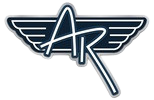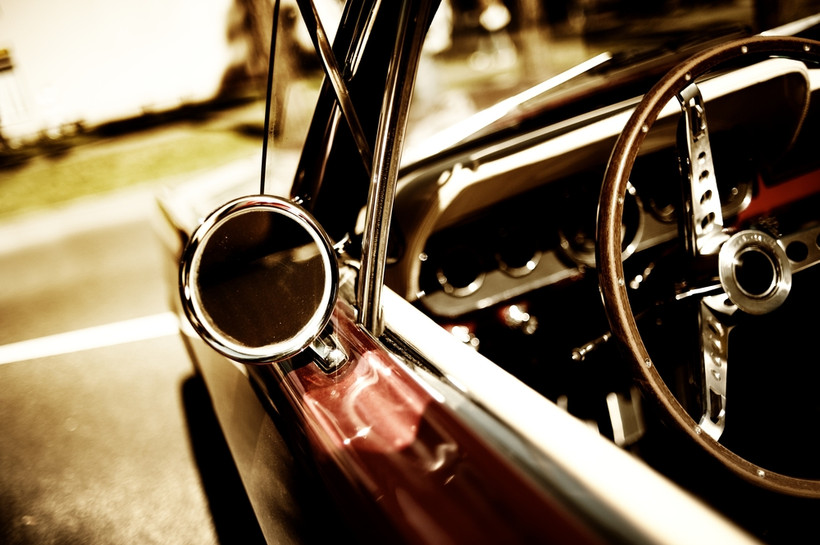There are a few key style elements with classic cars that also double as important safety pieces, and mirrors are one of the top examples. Particularly for very old classics that may not have any mirrors at all, but even for more recent models that do, considering both the aesthetics and the practical elements of mirrors is important.
While our focus is less on cosmetic elements like these and more on internal parts like ball joint sets, suspension rebuild kits and more, our team at Andersen Restoration Parts is here to help you find the ideal parts for any classic vehicle need. Here are some basics on mirrors for classic cars: The legal requirements surrounding them, whether various older classics had mirrors, and how to proceed with any mirror damage or mirror addition needs.
How Car Mirror Laws Evolved
As we noted above, many classic cars that are especially old didn't even have mirrors - and this is because until the mid-1960s, mirrors weren't legally required to be on cars in the US. They were considered optional safety equipment, used by some manufacturers but not others.
This changed in 1966 with the National Traffic and Motor Vehicle Safety Act, which addressed several safety concerns with cars at the time. While this act did not directly mandate mirrors for all vehicles, it strongly incentivized them - and within a few years, mirrors were mandatory for cars sold in the US.
Mirrors Are Required for Any Car - No Matter When it Was Built
There are some classic car owners who mistakenly assume that their vehicle will be grandfathered in - that is, that because it was built before mirror laws existed, it doesn't need to comply with them. This is incorrect: Any car, no matter when it was made, must have at least one rear-view mirror and either two side mirrors or one on each side.
Furthermore, individual states may have additional mirror requirements beyond this federal standard. For example, some states require two functional side mirrors regardless of the age of the car.
Original Classic Car Mirrors Are Often Fragile
If you're working on a classic car that still has its original mirrors, be careful - these are often fragile and can break or be damaged easily. If you're restoring a vehicle, consider replacing the mirrors with more modern versions designed to look and function like older models.
Now, for owners who really want to maintain as many of the original parts as possible, we understand. In some cases it may be necessary to remove the mirrors and have them repaired or refurbished by a professional. However, if mirrors reach a point where they do not meet safety standards, it's important to consider replacing them rather than risking an accident.
Here are some forms of damage you may see for original classic car mirrors, plus how to consider them:
- Glass is cracked or shattered: If the only issue is cracked or shattered glass, this can often be replaced by a professional without needing to fully replace the mirror.
- Mirror housing is bent or broken: If the entire mirror housing is damaged, it will likely need to be replaced entirely.
- Mounting hardware is missing: In many cases, replacement mounting hardware for classic car mirrors can be found relatively easily. This may require some searching, but is usually available.
- Mirror is not functional: If the mirror does not adjust or show a proper reflection, it should be replaced completely.
Adding Mirrors to Classic Cars
For classic cars that do not have any mirrors at all, recent laws and regulations require them to be added for safety purposes. In this case, it may be necessary to work with a professional to properly install mirrors and bring the car up to legal standards. This is especially important for vintage cars that may not have been designed with modern safety features in mind.
The process for doing this will depend heavily on the specific make and model of your classic car, so be sure to research and consult with experts before attempting any mirror additions. In some cases, it may be best to seek professional help for this task.
In conclusion, while mirrors may not always be the most exciting element of a classic car, they serve an important purpose in both aesthetics and safety. Whether you're restoring an old model or simply looking to make some updates, carefully considering the role of mirrors in your classic car is crucial for both legal compliance and personal satisfaction.
At Andersen Restoration Parts, we're here to help with all your classic car restoration part needs. Contact us today to learn more about our selection!

